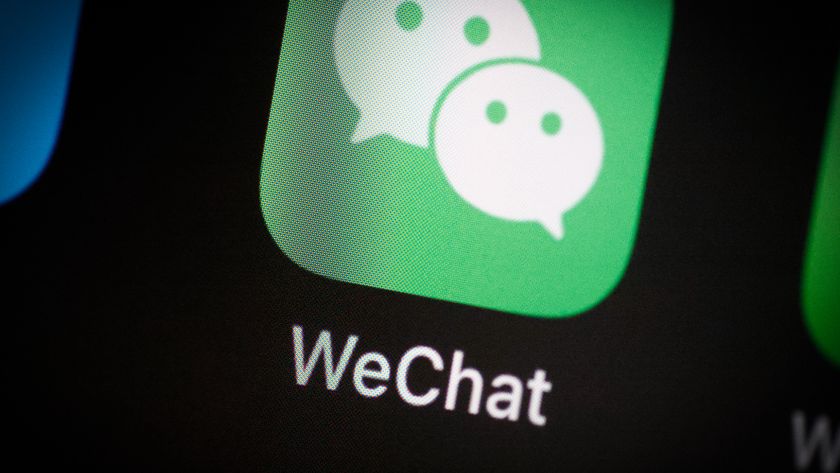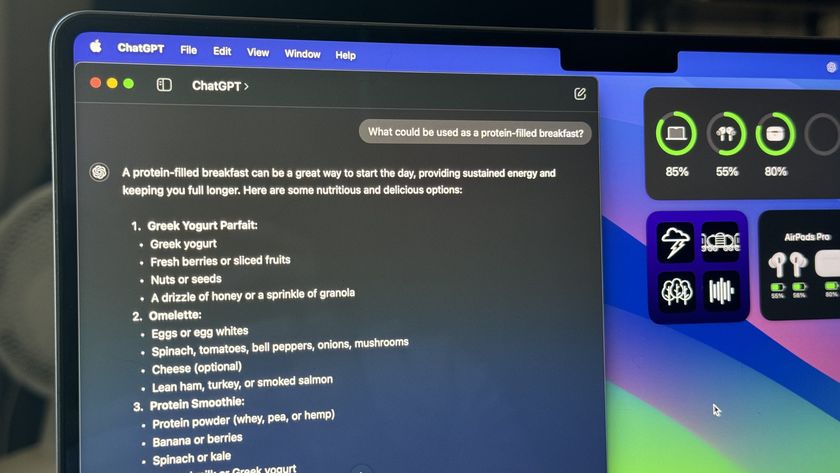History of the App Store
App Store Year Zero: How unsweetened web apps and unsigned code drove the iPhone to an SDK
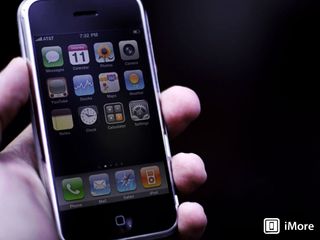
Apple introduced the App Store on July 10, 2008. Over the course of the next week we're going to take a look back at the origins and development of App Store, and forward towards its potential future. To do that properly, however, we have to start at the beginning, with the original iPhone in 2007. And with the original iPhone, there was no App Store, and no third party apps. At least not at first...
App Store Year One: Shocking successes, game-changers, and unpredictable pain
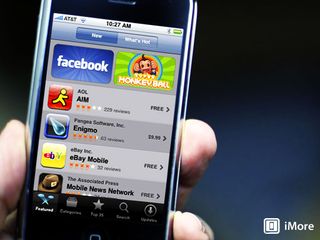
Apple introduced the App Store on July 10, 2008, five years ago this week. Over the course of the next few days we're going to take a look back at the origins and development of App Store, and forward towards its potential future. That future began with launch day. Apple went from no apps to hundreds of them over night. And for the first time ever, every up-to-date device across an entire platform had a centralized, unified place where customers could go to easily, safely buy apps. One tap on one icon on one Home screen, and they were in and buying with one login and one account. Just like the iPhone had made mobile computing mainstream, the App Store now made mobile apps mainstream. The world has never been the same.
App Store Year Two: Pushy new app options, iPads, and the advent of freemium
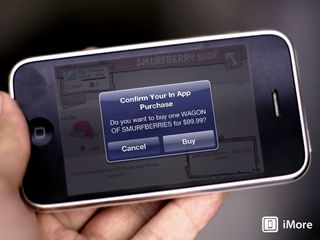
The App Store might have launched in 2008, but it didn't stop there. At the Apple iPhone OS 3.0 preview event, held in March of 2009, the iPhone and all its apps, first and third party, got copy and paste, Spotlight search as an ersatz secondary app launcher, and access to the dock port. Among 1000 other new and improved API, the previously announced push notification service was also re-introduced, which wasn't multitasking but would enable whole classes of apps to be more useful than previously possible. Arguably, however, the most transformative new feature in iPhone OS 3.0 was, for good and ill, in-app purchase (IAP).
App Store Year Three: Mild-mannered multitasking, iAD, and getting Game Center
Going into its third year, the App Store had become successful beyond anyone - probably even Apple's - wildest dreams. It was enabling and serving more apps from more developers to more customers than any single software source in history. However, while iPhone and iPad apps were the most popular in mobile history, they were far from the most capable. That's why, in April of 2010 at the iPhone OS 4 - renamed iOS 4 shortly thereafter - preview event, Apple started amping up apps. Folders increased the raw number of apps that could be loaded onto any device at one time, Calendar access let developers hook into the event system, and iAd gave them an additional, Apple-owned option for monetizing free apps. The biggest new feature, however, for users and developers alike, was multitasking. Kind of.
- App Store Year Three: Mild-mannered multitasking, iAD, and getting Game Center
App Store Year Four: Subscriptions, iCloud offer fantastic new services... and controversies
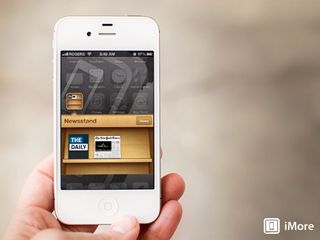
The time between the developer preview for iOS 4 and iOS 5 was the longest to date. Rather than a spring event like in previous years, Apple didn't reveal any details of iOS 5 until WWDC 2011 in June. Also, rather than a summer release, general availability was held off until October of that year. So what did Apple manage to achieve with those extra months? Several things that weren't made available to developers, including Siri and Notification Center widgets. iCloud, however, and the sync services that came with it, were big. As was Newsstand and its subscription services, at least potentially. In keeping with tradition, however, neither was without controversy.
To be continued...
Master your iPhone in minutes
iMore offers spot-on advice and guidance from our team of experts, with decades of Apple device experience to lean on. Learn more with iMore!

Rene Ritchie is one of the most respected Apple analysts in the business, reaching a combined audience of over 40 million readers a month. His YouTube channel, Vector, has over 90 thousand subscribers and 14 million views and his podcasts, including Debug, have been downloaded over 20 million times. He also regularly co-hosts MacBreak Weekly for the TWiT network and co-hosted CES Live! and Talk Mobile. Based in Montreal, Rene is a former director of product marketing, web developer, and graphic designer. He's authored several books and appeared on numerous television and radio segments to discuss Apple and the technology industry. When not working, he likes to cook, grapple, and spend time with his friends and family.
